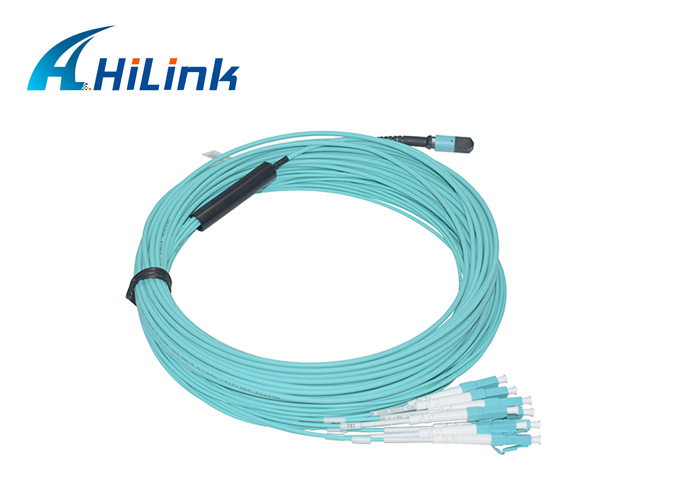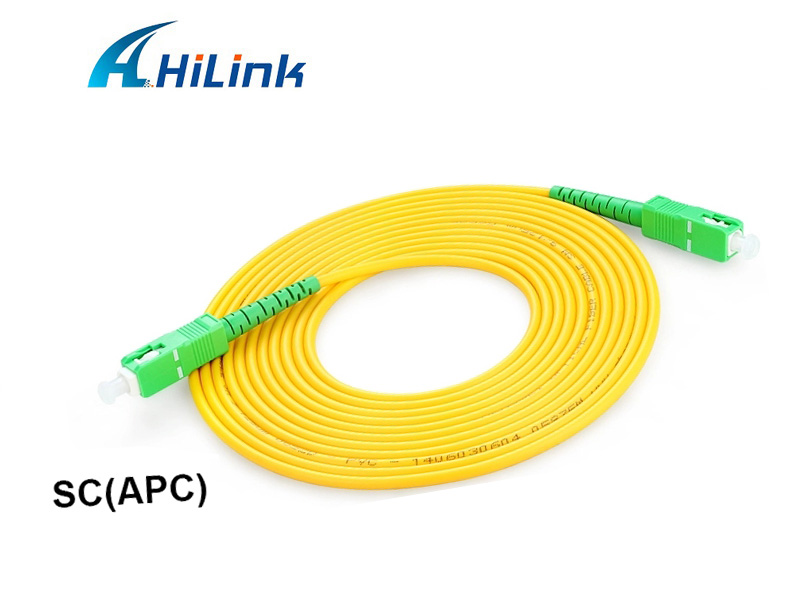Things to Consider Before Buying Fiber Patch Cords
Jul. 31, 2023
Fiber patch cords are essential components in fiber optic networking, providing the necessary connections between various devices and equipment. Before buying fiber patch cords, there are several important factors to consider to ensure that they meet your networking requirements. Let's explore the key considerations before making your purchase.
1. Connector Types
The connector type is a crucial factor to consider, as it determines the compatibility with your network equipment. Common connector types include LC, SC, ST, and MTP/MPO. Ensure that the patch cords' connectors match the ports on your devices to establish proper connections.
2. Fiber Types
There are different types of fiber, such as single-mode and multi-mode. Single-mode fiber is suitable for long-distance transmissions, while multi-mode fiber is ideal for shorter distances. Choose the appropriate fiber type based on the distance requirements of your network.
3. Cable Lengths
The length of the patch cords is crucial to ensure proper connections between devices. Measure the required cable lengths accurately, and consider adding some slack for flexibility during installation and maintenance.
4. Mode Types
For multi-mode fiber, consider the mode type, either OM1, OM2, OM3, or OM4, based on the bandwidth and transmission requirements of your network. OM4 provides higher bandwidth and supports longer distances compared to OM1 and OM2.
5. Jacket Materials
The jacket material affects the patch cords' durability and resistance to environmental factors. PVC is commonly used for indoor applications, while LSZH (Low Smoke Zero Halogen) is suitable for environments where fire safety is a concern.
6. Performance Specifications
Check the performance specifications of the fiber patch cords, such as insertion loss and return loss. Lower insertion loss and higher return loss indicate better signal transmission and reception quality.
7. Duplex or Simplex
Determine whether you need duplex or simplex patch cords. Duplex patch cords have two fibers in a single cable, making them suitable for bidirectional communication. Simplex patch cords have only one fiber and are used for unidirectional communication.
8. Polarity
For MTP/MPO connectors, consider the polarity requirements of your network. Options include Type A, Type B, and Type C polarities. Choosing the correct polarity ensures proper connections between different network components.
9. Budget and Quality
While budget considerations are important, prioritize the quality of the fiber patch cords. High-quality patch cords ensure reliable and stable connections, reducing the risk of signal loss and network downtime.
10. Vendor and Warranty
Choose reputable vendors known for their high-quality products and customer support. Consider the warranty period offered by the vendor to protect your investment and ensure customer satisfaction.
Conclusion
Choosing the right fiber patch cords is critical for establishing reliable and efficient fiber optic connections in your network infrastructure. By considering connector types, fiber types, cable lengths, mode types, jacket materials, performance specifications, polarity, budget, vendor reputation, and warranty, you can make an informed decision and select the best fiber patch cords that meet your networking needs and ensure seamless communication between your devices and equipment.
For more information, please contact us. We will provide professional answers.














